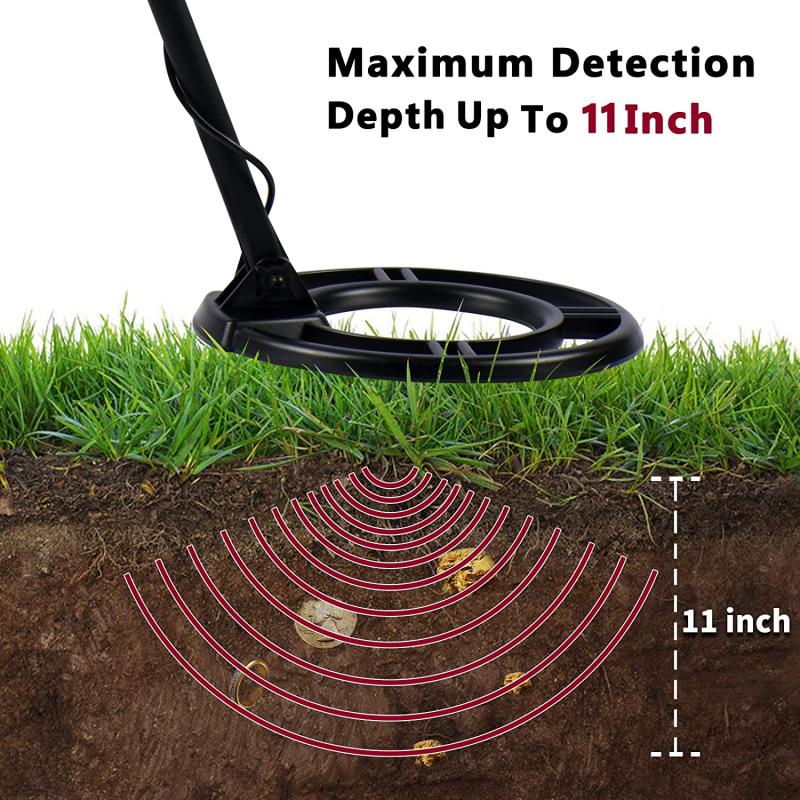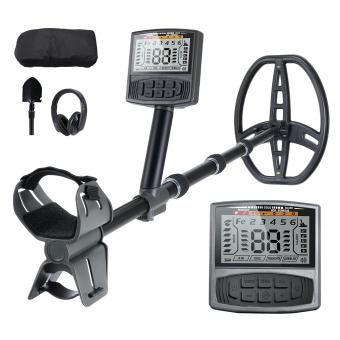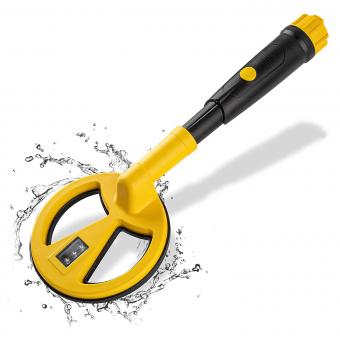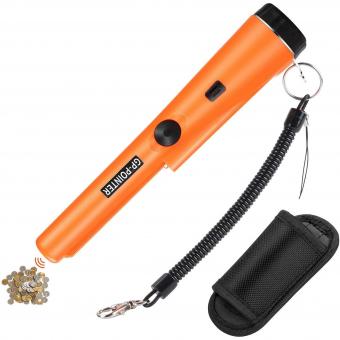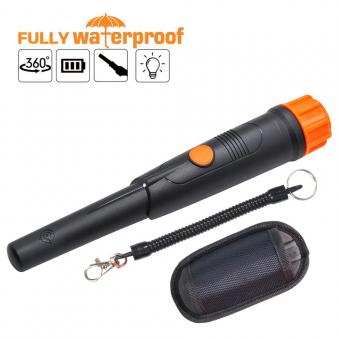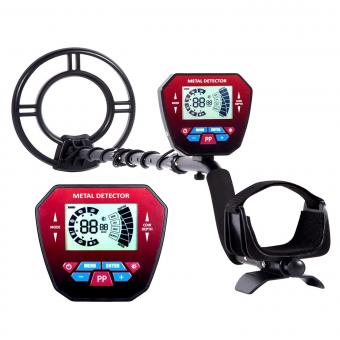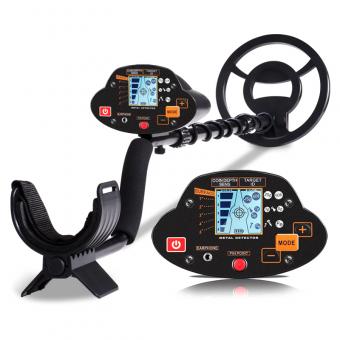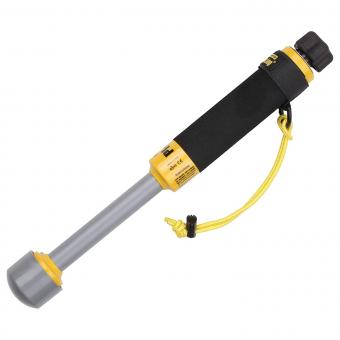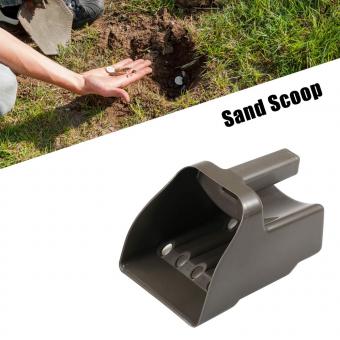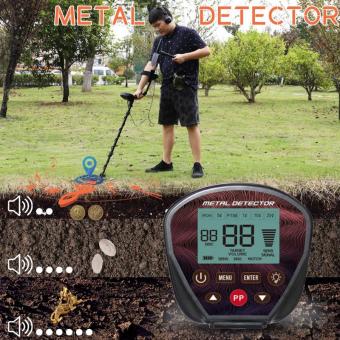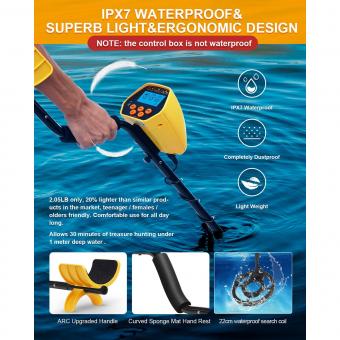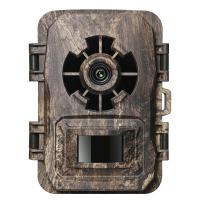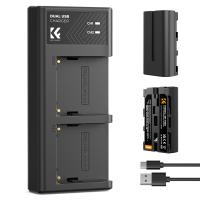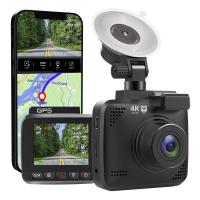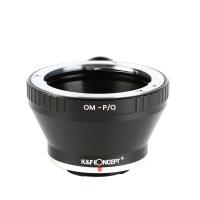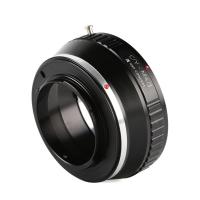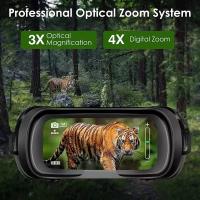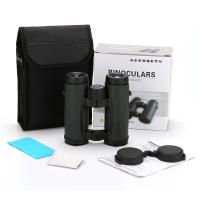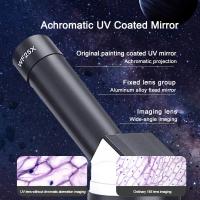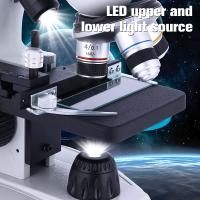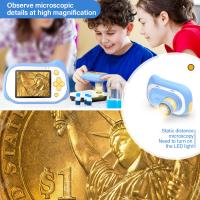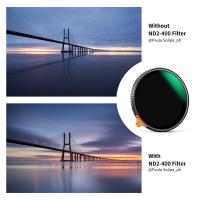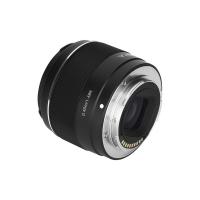What Makes A Good Metal Detector ?
A good metal detector is one that is sensitive enough to detect a wide range of metals, including small and deep targets. It should have adjustable settings to allow for customization based on the user's preferences and the specific search conditions. A good metal detector should also have a discrimination feature to distinguish between different types of metals and filter out unwanted signals. Additionally, it should have a reliable target identification system to help the user determine the type of metal detected. Other important factors include durability, ease of use, and comfort during prolonged use.
1、 Sensitivity to detect small metal objects
What makes a good metal detector is primarily its sensitivity to detect small metal objects. The ability to accurately detect and differentiate between various types of metals is crucial for any metal detector. A good metal detector should be able to detect even the smallest metal objects, such as coins, jewelry, or nails, with high precision and reliability.
Sensitivity is determined by the detector's ability to generate and receive electromagnetic signals. The more sensitive the detector is, the better it can detect small metal objects buried deep underground or hidden in challenging environments. Advanced metal detectors utilize cutting-edge technologies, such as pulse induction or very low frequency (VLF) technology, to enhance sensitivity and improve detection capabilities.
In addition to sensitivity, a good metal detector should also have adjustable discrimination settings. Discrimination allows the user to filter out unwanted metals, such as iron or aluminum, and focus on valuable targets. This feature is particularly useful in areas with high metal clutter, such as parks or beaches, where the detector can differentiate between trash and valuable items.
Furthermore, a good metal detector should have a user-friendly interface and be lightweight and ergonomic for comfortable use over extended periods. It should also have a durable construction to withstand outdoor conditions and be waterproof for underwater metal detecting.
The latest point of view in metal detector technology is the integration of artificial intelligence (AI) and machine learning algorithms. These advancements enable detectors to learn and adapt to different environments, reducing false signals and improving target identification accuracy. AI-powered metal detectors can also provide real-time feedback and analysis, making the detection process more efficient and effective.
In conclusion, a good metal detector is characterized by its sensitivity to detect small metal objects, adjustable discrimination settings, user-friendly interface, durability, and the integration of the latest technological advancements.

2、 Discrimination to differentiate between different types of metals
What makes a good metal detector is its ability to discriminate between different types of metals. Discrimination is a crucial feature that allows users to distinguish between valuable targets and unwanted junk. By being able to differentiate between different types of metals, a metal detector can help users save time and effort by only focusing on the targets they are interested in.
Discrimination technology in metal detectors works by analyzing the conductivity and magnetic properties of different metals. This allows the detector to provide different audio or visual signals depending on the type of metal detected. For example, a good metal detector will be able to distinguish between valuable metals like gold and silver, and less desirable metals like aluminum or iron.
In recent years, there have been advancements in discrimination technology that have improved the accuracy and reliability of metal detectors. Some detectors now offer multiple discrimination modes, allowing users to customize the settings based on their specific needs. Additionally, some detectors use advanced algorithms and signal processing techniques to provide more precise discrimination results.
Another important aspect of discrimination is the ability to ignore certain types of metals or objects. For example, a good metal detector should be able to discriminate against small iron nails or bottle caps, which are common sources of false signals. This helps users avoid wasting time digging up unwanted targets.
In conclusion, discrimination to differentiate between different types of metals is a key feature that makes a good metal detector. With advancements in technology, metal detectors are becoming more accurate and reliable in their discrimination capabilities, allowing users to focus on valuable targets and avoid unnecessary digging.
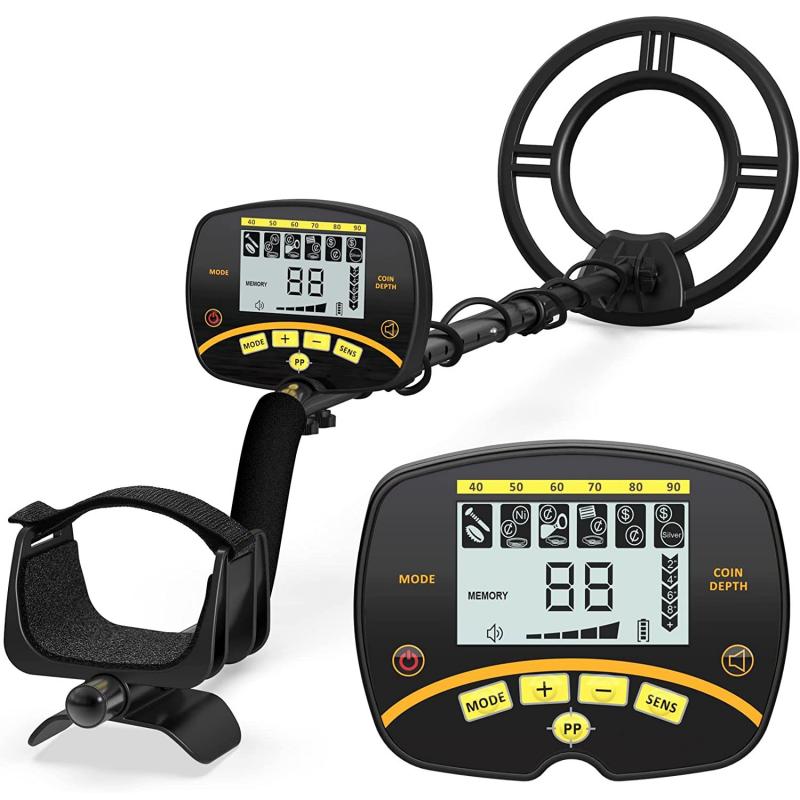
3、 Depth capability for detecting buried objects
What makes a good metal detector? One of the key factors is its depth capability for detecting buried objects. The ability to accurately detect metal objects at varying depths is crucial for both hobbyists and professionals alike.
Depth capability is determined by several factors, including the technology used in the metal detector. Different types of metal detectors employ various technologies such as Very Low Frequency (VLF), Pulse Induction (PI), or Multi-Frequency (MF). Each technology has its advantages and limitations when it comes to depth detection.
VLF detectors are commonly used and offer good depth capabilities for most metal detecting applications. They are effective at detecting smaller objects at shallow to moderate depths. On the other hand, PI detectors are known for their superior depth capabilities, making them ideal for searching in highly mineralized soils or underwater environments. However, they may not be as effective at detecting smaller objects.
The latest advancements in metal detector technology have led to the development of detectors with improved depth capabilities. Manufacturers are constantly striving to enhance the sensitivity and discrimination features of their detectors, allowing users to detect targets at greater depths while minimizing false signals.
Additionally, the size and design of the search coil also play a role in depth detection. Larger search coils generally provide better depth capabilities, as they can cover a larger area and penetrate deeper into the ground. However, they may be less effective at detecting smaller or more subtle targets.
In conclusion, a good metal detector should have a strong depth capability for detecting buried objects. The latest advancements in technology, such as improved sensitivity and discrimination features, along with the type and size of the search coil, contribute to the overall depth capabilities of a metal detector. It is important for users to consider their specific needs and the type of environment they will be detecting in when selecting a metal detector with the desired depth capabilities.

4、 Ground balance to adjust for mineralization in soil
Ground balance is a crucial feature that makes a good metal detector. It allows the user to adjust the detector's sensitivity to different mineralization levels in the soil. Mineralization refers to the presence of minerals like iron, salt, or other conductive materials that can interfere with the detector's ability to accurately detect metal objects.
A metal detector with ground balance capability ensures that it can distinguish between the signals produced by mineralized soil and those emitted by buried metal objects. By adjusting the ground balance, users can minimize false signals caused by mineralization, resulting in more accurate target identification.
The latest advancements in ground balance technology have made metal detectors even more effective. Some detectors now offer automatic ground balance, which continuously adjusts the settings as the user moves across different soil types. This feature eliminates the need for manual adjustments and allows for a seamless detecting experience.
Additionally, some detectors provide advanced ground balance options, such as tracking or ground grab functions. These features enable the detector to adapt to changing soil conditions in real-time, ensuring optimal performance regardless of the mineralization levels.
Furthermore, modern metal detectors often come with multiple ground balance modes, allowing users to choose the most suitable setting for their specific detecting environment. For example, a user may select a preset mode for highly mineralized soil or manually adjust the ground balance for more precise control.
In conclusion, ground balance is a fundamental feature that makes a good metal detector. The ability to adjust for mineralization in the soil ensures accurate target identification and reduces false signals. With the latest advancements in ground balance technology, metal detectors now offer automatic adjustment, real-time adaptation, and multiple modes, providing users with enhanced performance and versatility.
